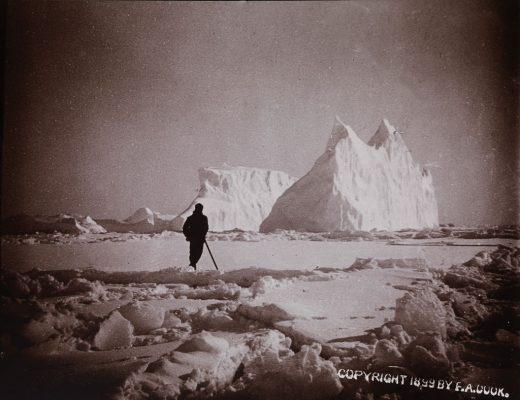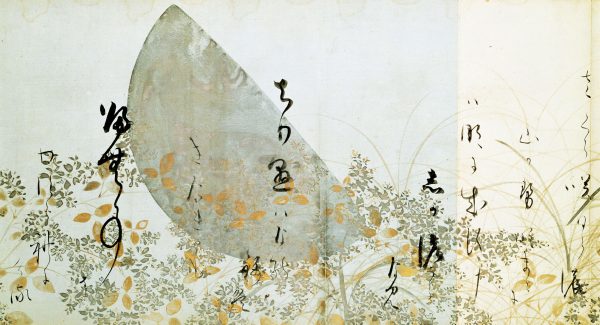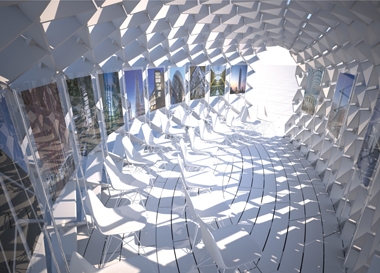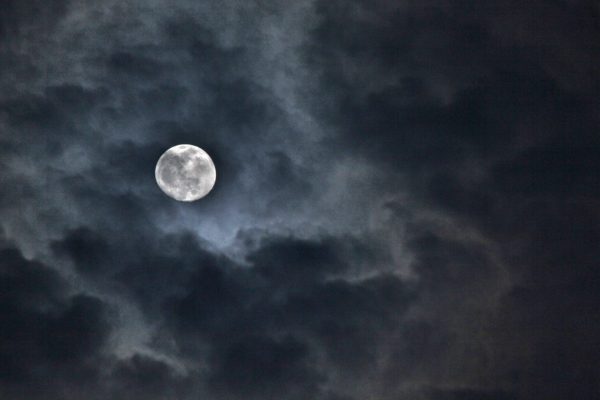Towards the beginning of Brother in Ice, the debut novel by Catalan artist Alicia Kopf, is a photograph of the American explorer Frederick Cook arriving at the North Pole in 1908. The image, captured in the midst of a snowstorm, is blurred and the vista it discloses is of a heroic mission rendered distinctly uncertain, as limp as the flag that the man on the right attempts half-heartedly to hold up for the moment the shutter clicks. On the opposite page, we read: ‘What does such a conquest represent and how is it, in turn, represented?’. The question (which exposes masculinity and conquest alike as fragile constructs) is one which this book insistently wrestles with. It might be further rephrased as: ‘What is the relationship between narrative form and a history of conquest, and how might female experience figure in and as the fissure between them?’
The triangulation of personal and artistic life is the central premise of Kopf’s book, which is digressive in structure and subject matter. Its intersecting arcs and tentative ruminations are perhaps most closely allied with those of the essay (with ‘the combination of exactitude and evasion’ which Brian Dillon identifies as typical of the genre). It is composed of research notes about Arctic exploration, fictional meanders on the life of a female artist, diary entries on the precarity of hopping from one creative job to another (and one elusive man to another), and illustrations that endlessly refigure how an icy landscape appears to the photographic eye. Kopf’s text meditates on this question of perception, and how it relates to female creativity, as well as to the difficulties of rendering her brother’s autism legible (or illegible) on the page – taking the more typically autofictional elements of the book a little off their designated map.
Kopf is interested in charting the unknown: in the impulse that sends men to the other ends of the earth; in the fragility of photography as documentary evidence and in its intimate relation to the autobiographical; and in what a fragmentary narrative technique might expose about the larger aims of plotting female literary territory. The book, which ponders the weight of masculine epic, and the colonial projects that underpin it, wrings from their ‘symbols of survival’ its own more provisional literary terrain, one that is prompted by wonder, which is its central sensory mode.
Mara Faye Lethem’s translation has a hallucinatory clearness to it as it skims the distance between Kopf’s mediations on science, history, life-writing and photography. The book opens with a series of iceberg sketches that are representative of the arcs of certain lives (Kopf comes from a working-class background in Girona), and the bearing of loss, environments and class on its strange compressions. Think Werner Herzog’s voiceovers (to which Kopf alludes) told by a more reticent, alluring female storyteller, though without the finely plucked interview subjects and with a quite different understanding of narrative irony. Passages vary significantly in tone and style, spanning the diaristic to the novelistic to more aphoristic sequences on ‘heroes’ and ‘conquerors’. In the playful naivety of the book’s female voice, these are subject to a Lydia Davis-style short story evisceration:
HEROES
The question in Fitzcarraldo, Herzog’s film in which the protagonist ascends a mountain in a steamship, to descend the other side, is whether we are dealing with a hero or an antihero…
Kopf is an artist and the book has a particular curatorial spirit to it, as if she were creating her own feminist revisionist Fitzcarraldo. Perhaps the question is not whether or not its protagonist is a hero but what are the implications of a nineteenth-century capitalism run amok for the contemporary female artist; or how does Molly’s loving financial support in the film uphold this quixotic fantasy?
The landscapes that a writer obsessively renders, wrenches and shapes into her own literary territory, Joan Didion argued, belong forever to that writer. The Arctic, as a particularly unhomely space (what kind of home is made out of ice might be another of this book’s questions) is both minutely observed through an archive of photographs and a kind of tabula rasa for the obsessions that Kopf cannot let go of.
In an early section, Kopf notes the range of literal connotations of the word pole. In Catalan, the word is a masculine noun and one of its meanings is ‘the steadiness of hand needed to carry out certain acts, such as writing or holding a weapon’ (sticking close to violence, the book suggests, might be essential to unravelling narratives of conquest). The book moves beyond these violent connotations to offer us a feminine variation on its definition, one that is particularly resonant of Kopf’s own methodology: ‘fine, dry powder consisting of tiny particles of earth or waste matter lying on the ground or on surfaces or carried in the air. Also, a type of snow: powder snow’. For Kopf, it is in holding close to an image’s detail, and in seeing snow in the place of a weapon, that we might arrive at a new kind of form, one that is constantly mutating as it makes itself hospitable to the objects that it draws into its fold.
Kopf’s narrative weaves its way between these poles: between her own desires, the thwarting of them, and those of her autistic sibling, whose silent language, inertness and dependency lead her to designate him the ‘man of ice’ of the novel’s title. There are a host of ethical, aesthetic and imaginative challenges to representing disability in general and autism in particular. The wager of this exploration is that it asks us to look at her brother as an icy subject without making any promises that we might see him or know him any clearer for that looking. It thus affords him a vital alterity, and it is ethical to the extent that it does not seek to know through identification. But if this metaphor of icy otherness allows him his alterity, I was, nonetheless, wary of how it equated Kopf’s personal life and her love-life with the particularity of her brother’s experience. If the representation of autism takes us up against the limits of representation then that is, I imagine, Kopf’s point (we are entering complex imaginative terrain). But I felt that it risked locking her brother in a metaphor that allowed him no agency or affect of his own; and, by extension, did not allow us to see autism outside of the metaphors that accrue to it.
The book is, I think, strongest where it attends to a series of minitaturised worlds that exemplify the detailed, careful mode of exploration which Kopf sees as vital to the possibility of reading the world differently. One which might, in turn, create a world that ‘belongs to those who read’. It is an aim that feels at once quixotic and urgent given the current balance of power. At times, this wonderstruck mode verges on the precious. Wonder, which is to say, awe without risk, is always on the verge of tipping over into the cute, though Kopf pulls back from it by investigating the violence that lies at the heart of the wondrous objects she investigates (by keeping the pole-as-weapon firmly in view of the female body). One of the book’s particularly memorable meditations is on the snow globe as an englobed world under ice which, as she exposes, has a particularly intimate history with imperialism. We read of one Parisian variation and how the ‘tiny guillotine inside [it] runs fleetingly through [her] mind’. ‘I wonder’, she writes, ‘at what point in history this woman began to “breathe”’. Wonder here becomes transformative: it is through wonderment that Kopf envisages breaking the surface of her own ice (or male narrative constraints) to create a form that is entirely her own.
Reading Kopf’s book (which made me insistently aware of how I read and its bearing on the shifting contours of my own taste), reminded me less of the autofictional models (Sheila Heti, Rachel Cusk) to which the book has been compared than of the experience of walking through a Tacita Dean exhibition. Dean’s work explores memory’s hold on us, and its charting through landscape. It offers us a vital language for that which is most elusive – the green ray that takes endless rolls of film to capture – and which I saw lurking somewhere on this book’s icy horizon. I was most excited when Kopf looked intently at this horizon and I wanted more of it – to hear about what desire sounds like when it (un)cannily plays with the power structures of conquest; when it relishes in its own unproductivity. Those risks, I thought, might look something like an image that Kopf has as her Twitter background of a finger reaching inside a globe. The image is replete with longing. In its acknowledgement of the idiosyncrasy and the difficulty of speaking of female desire it has a surprising persuasiveness, carrying within it the possibility of imagining a more intimate relation with the world, that might undo a desire for conquest altogether.




